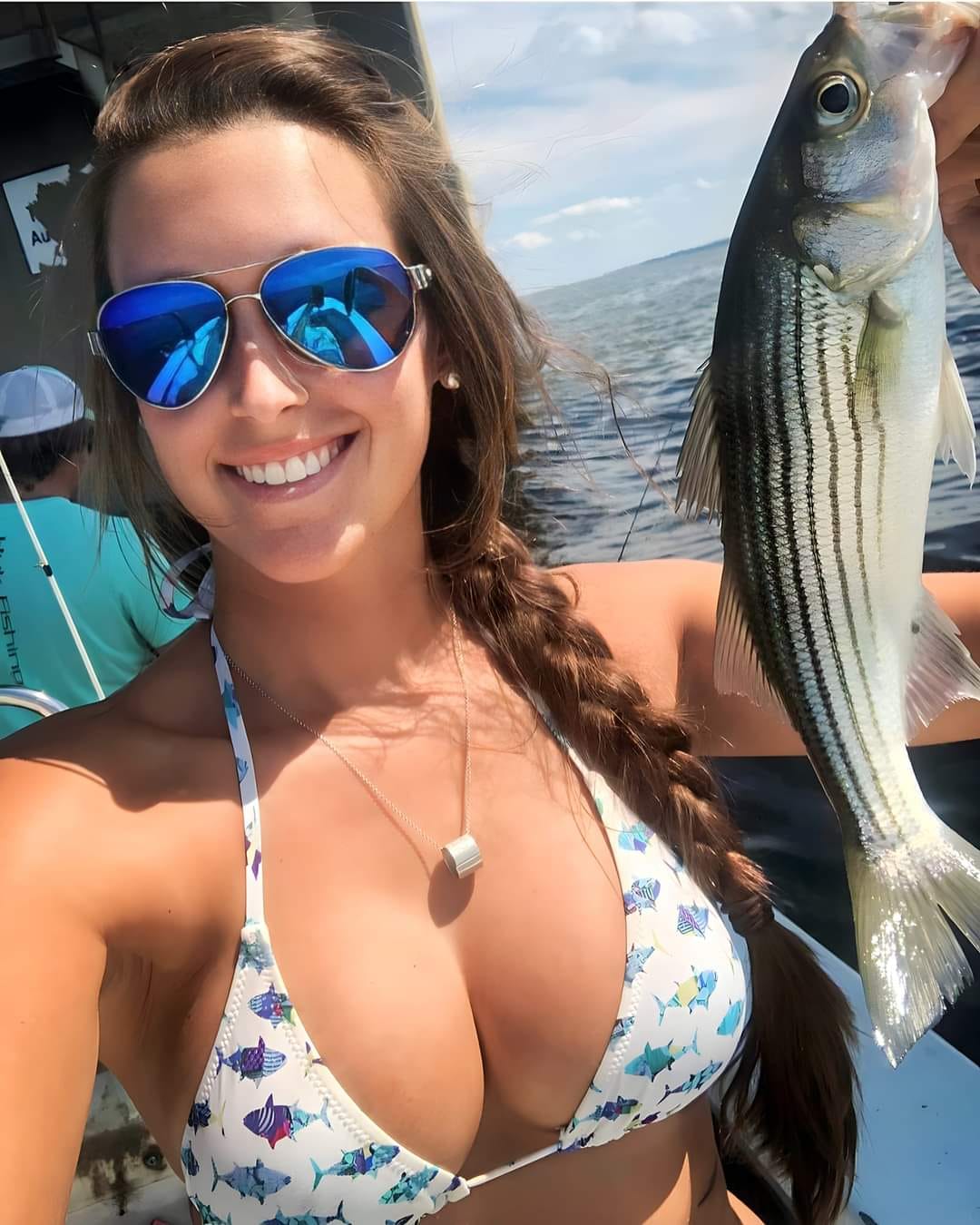More striped bass fishing restrictions loom as East Coast fishery managers weigh whether to ratchet down already tightened catch limits for the struggling finfish known in the Chesapeake Bay region as rockfish.
The Atlantic States Marine Fisheries Commission, which oversees near-shore fishing for East Coast migratory fish species, plans to meet on Dec. 16 in Arlington, VA, to consider ordering new recreational and commercial catch restrictions in 2025.
The commission voted on Oct. 23 at its annual meeting in Annapolis to schedule a special December session after hearing that poor striped bass reproduction in the Bay and an expected spike in the catch of the last good crop — spawned six years ago — threatens to undermine efforts to rebuild the coastwide population.
 |
| I don't think this one's quite legal |
Fortunately, there is some sign the Redfish are stepping into to take the role of the most sought after game fish in the bay.
Fishery managers called the December special meeting after hearing an update on the status of the striped bass population, which remains overfished. While catch restrictions ordered in recent years had appeared to be helping, the commission’s technical experts warned at the October meeting that fishing mortality likely would increase next year because the cohort of fish spawned in 2018 would reach the size where they could be legally caught along the Atlantic coast. That, plus the below-average spawning of striped bass in the Bay, lowers the probability of rebuilding their numbers by 2029 to less than 50%.
One of the most sought-after commercial and sport fish in the Bay and along the coast, striped bass range the Atlantic from Canada to the Carolinas. The Chesapeake, though, is the primary spawning and nursery ground for 70% to 90% of the entire Atlantic Coast stock. Annual seine surveys for juvenile fish have found evidence of poor reproduction for six straight years in Maryland and two years in Virginia waters.
Under rules that took effect May 1, all recreational anglers in the Bay and its tributaries – including charter customers - were limited to landing just one fish per day between 19 inches and 24 inches long. Ocean anglers also can keep just one fish a day, but with a narrower legal-size window of 28 to 31 inches. The annual harvest quota for commercial fishers was reduced by 7% from the 2023 level.
Those catch limits have been controversial, especially in Maryland. Charter fishing customers in the state had been allowed to keep two fish per trip until this year while individual anglers could keep just one. Charter captains say their business has plummeted by 50% or more since the change, threatening their livelihood. Others, though, have said without further catch reductions, the chance to rebuild the striped bass population before the end of the decade could be lost.
At the upcoming meeting, barring some unexpected good news about the status of the population, commission members plan to consider requiring temporary closures of the fishery or new size limits on legally catchable fish – or both. They’ll also weigh reducing the commercial catch quota. Their overall aim will be to reduce the loss of striped bass to fishing or natural mortality by 15% from 2024 levels.
Personally, I believe a moratorium in nigh upon inevitable unless commercial fishing in the bay take a big hit in the near future. It's been largely spared in recent years, but they can't reduce that too much more with out endangering the health of the recreational fishing industry.
We need a good great recruitment year, and at least three years for the fish to grow before we can even consider loosening the regulations. This is not good news either, VIMS, Study suggests decline in striped bass nursery habitat in the Chesapeake Bay. An interesting study, but remember the old adage, "all models are wrong; some models are useful"
The Wombat has Rule 5 Sunday: A Girl & Her Jeep up on time and underbudget at The Other McCain.



No comments:
Post a Comment